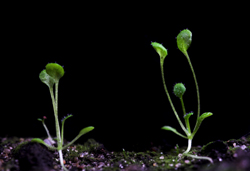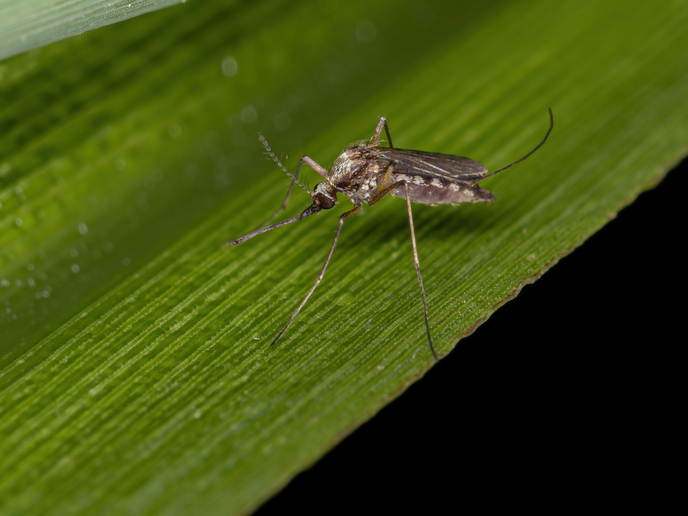Glucosinolate and resistance to insects in plants
Glucosinolates occur as secondary metabolities in the Brassicales/Capparales plant family. They comprise a heavily modified sugar molecule, sulphur and nitrogen. Although secondary metabolites are not directly involved in the normal growth, development and reproduction of the plants, they are of ecological importance. This is because glucosinolates act as natural pesticides and as a defence against herbivores, giving the plants a sharp bitter taste. The NATURAL project investigated how naturally occurring traits in plants vary according to their environment. The project studied the genetics of glucosinolate biosynthesis and variation in different forms of the model organism, Arabidopsis. One important quantitative trait locus (QTL) was precisely identified. This stretch of DNA controlled glucosinolate levels and resistance to herbivorous insects. Statistical methods for molecular population genetics were used to identify genes that could help manipulate the production of glucosinaltes in crop plants. This could be achieved through either transgenic methods or through marker-assisted breeding.







